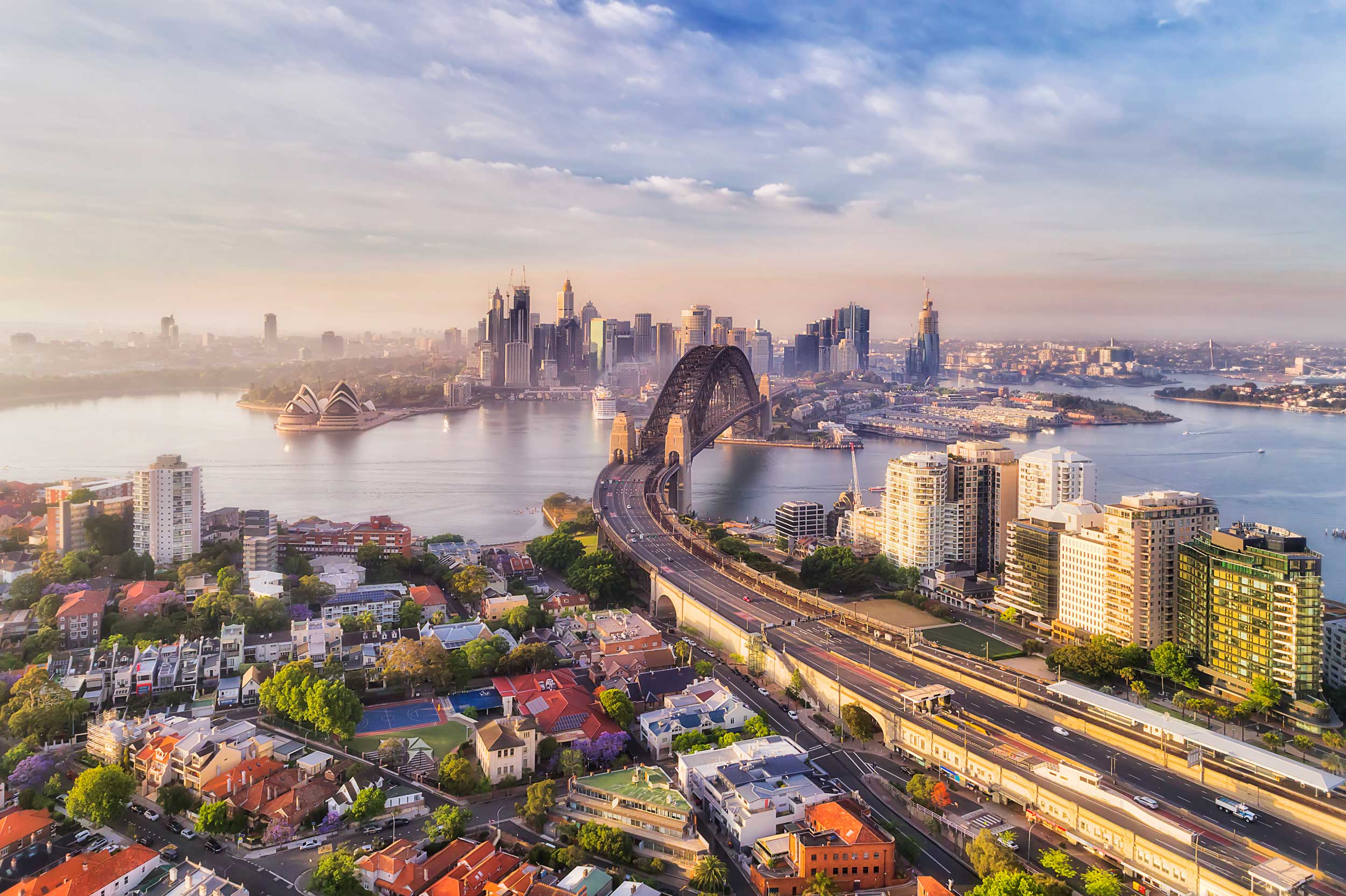Kim Carpenter has been collaborating with Oscar Wilde’s famous story since 1992 when his company Theatre of Image presented its second production of The Happy Prince in partnership with the Sydney Theatre Company. This production went on to have a 16-year life, and many awards, regional, national and overseas tours.
Carpenter recently adapted The Happy Prince for the Australian Ballet in collaboration with choreographer Graeme Murphy, and designed the stage sets and costumes.
The production premiered at the Queensland Performing Arts Centre in Brisbane on February 25. Sadly, due to the Covid-19 pandemic the Australian Ballet was forced to cancel the August season at the Arts Centre in Melbourne and the November-December season at the Sydney Opera House.
Oscar Wilde’s immortal tale combined with the creative journey of making a new full-length ballet, with choreographer Graeme Murphy and composer Christopher Gordon, inspired Carpenter to create a suite of watercolours. He will exhibit 26 major artworks at ARO Gallery in Darlinghurst (51 William St) from October 13-25.
I had a few questions for the artist …
What has it been like having this complex and bittersweet character looking over your shoulder for much of your career?
Oscar Wilde has given me a gift, a timeless story I have been able to interpret both visually and dramatically. The statue of the Prince looks over his city and can see the disparity between the rich and the poor. This reflects the divisions in our society today – heightened by the current pandemic. So the morality of this story is in my DNA.
Do you share any of the Prince’s qualities?
Yes I do. A sense of justice and equality, fairness and kindness, as well as a childlike quality that is reflected in my work.
Do you ever think about the possibility of an afterlife?
Yes I do, in a rather dreamlike, surreal way. I guess a stream of consciousness, which is part of an artist’s process.
And on a more tangible note …
John Olsen was one of your first teachers. Is there something he taught you that has influenced your work?
Most significantly he taught me the importance of mental and physical preparation – so that once you apply marks to the paper, you know what you are doing and can maintain a fresh spontaneity as the picture is clear in your mind. It’s about the coordination between the hand, mind and heart.
Of the study awards you received, which made the strongest impact on your work and yourself as an artist?
I worked with American doyen of visual theatre Robert Wilson in New York City on an opera production of Medea. Through visual storyboards and unique rehearsals, his process has stayed with me.
What factors led you to a career in the Arts?
It was evident I had a clear and specific talent for drawing and painting from the age of 4, and from then on it was basically a straight trajectory. My parents and teachers helped channel my artistic gift, so I was able to take advantage of every opportunity.
How will you celebrate the end of the pandemic that stole your show?
The Happy Prince exhibition is the first step towards the artistic liberation of The Happy Prince show and book, to be followed by seeing the ballet at the Sydney Opera House in the near future.
_______________
Virtual gallery tour: https://publish.exhibbit.com/gallery/73268674/atrium-gallery-33106/






